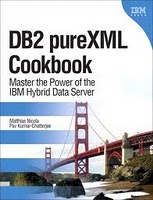Time Series Analysis and Its Applications

Ebook Download | Time Series Analysis and Its Applications | The goals of this book are to develop an appreciation for the richness and versatility of modern time series analysis as a tool for analyzing data, and still maintain a commitment to theoretical integrity, as exemplied by the seminal works of Brillinger (1975) and Hannan (1970) and the texts by Brockwell and Davis (1991) and Fuller...




